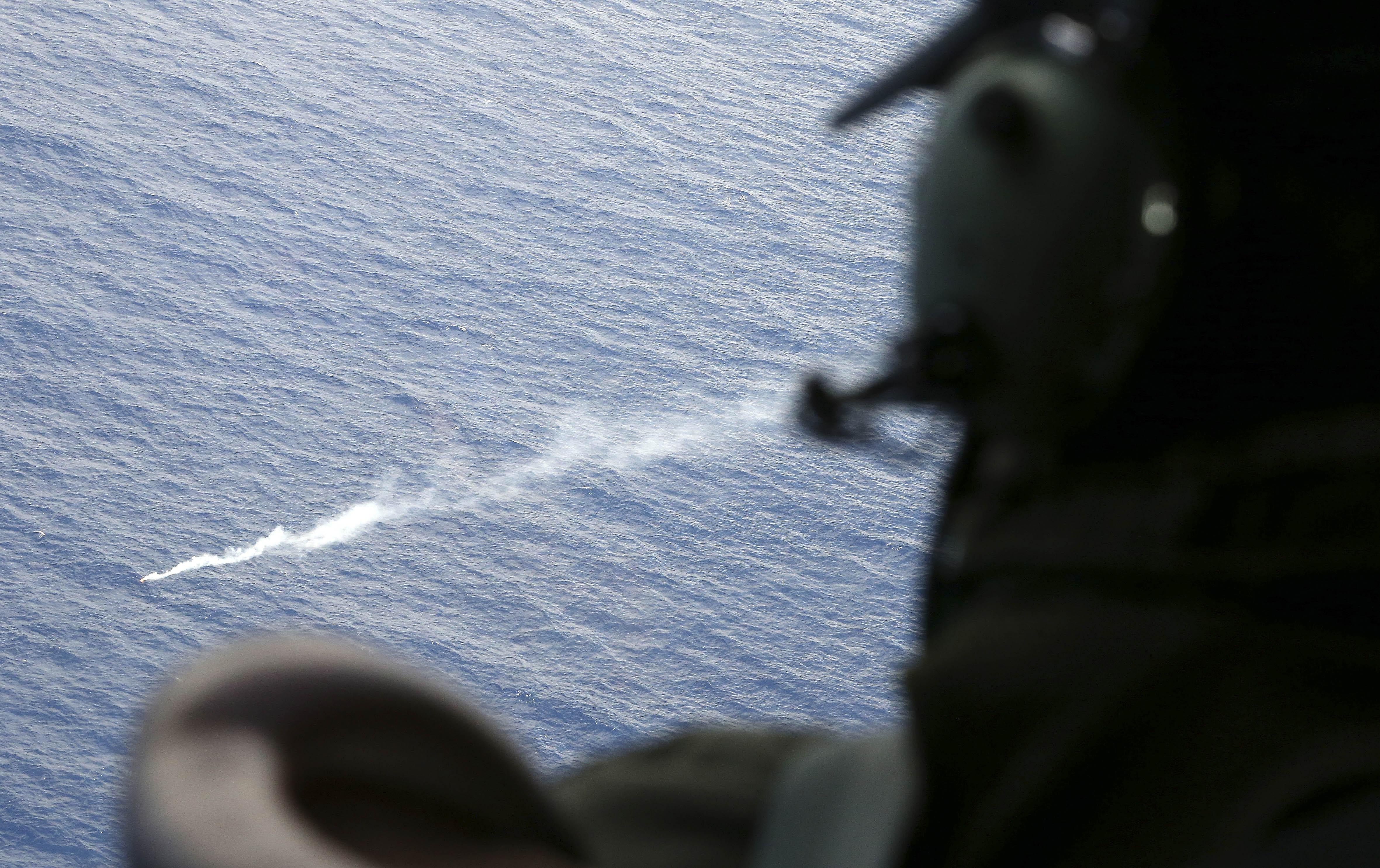The search for Flight 370 is heading underwater, via CBS News:
The Australian navy ship Ocean Shield, which is dragging a towed pinger locator from the U.S. Navy, and the British navy’s HMS Echo, which has underwater search gear on board, will converge along a 150-mile track in a desolate patch of the southern Indian Ocean, said Angus Houston, the head of a joint agency coordinating the search.
The plane’s data recorders emit a ping that can be detected by the equipment on board the ships. But the battery-powered devices stop transmitting the pings about 30 days after a crash - meaning searchers have little time left before the batteries on Flight 370’s black boxes die out. Locating the data recorders and wreckage after that is possible, but incredibly difficult.
The underwater search is “targeted” in the sense that officials are sending the two ships to where they think they have the best chance at detecting a ping, but it should be noted that officials have said that there was no new specific information that prompted the decision to go underwater. (The underwater devices, in the words of the Associated Press, “were brought into the effort because there was nothing to lose.”) Despite a number of at-the-time promising leads from satellite images and search planes sweeping the area, the search effort has yet to turn up a single piece of debris that can be linked to the missing 777 jetliner.
Monday will mark 30 days since the plane went missing less than an hour after taking off from Kuala Lumpur, which explains why officials are bringing out the underwater search gear. A week from now, the pinger locator won’t have much use. Still, it should be noted that the 30-day figure is largely an estimate, so it’s possible that either a) there could be a few extra days of battery life, or b) the battery is actually already dead.
Read the rest of Slate’s coverage of Malaysia Airlines Flight 370.
***Follow @JoshVoorhees and the rest of the @slatest team on Twitter.***
